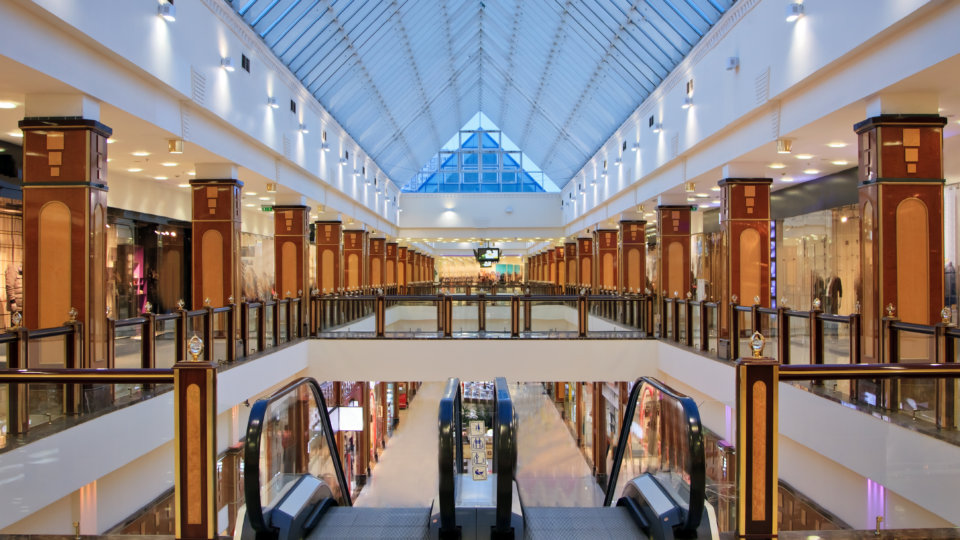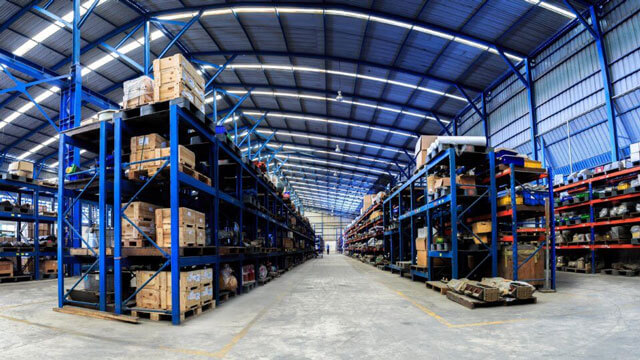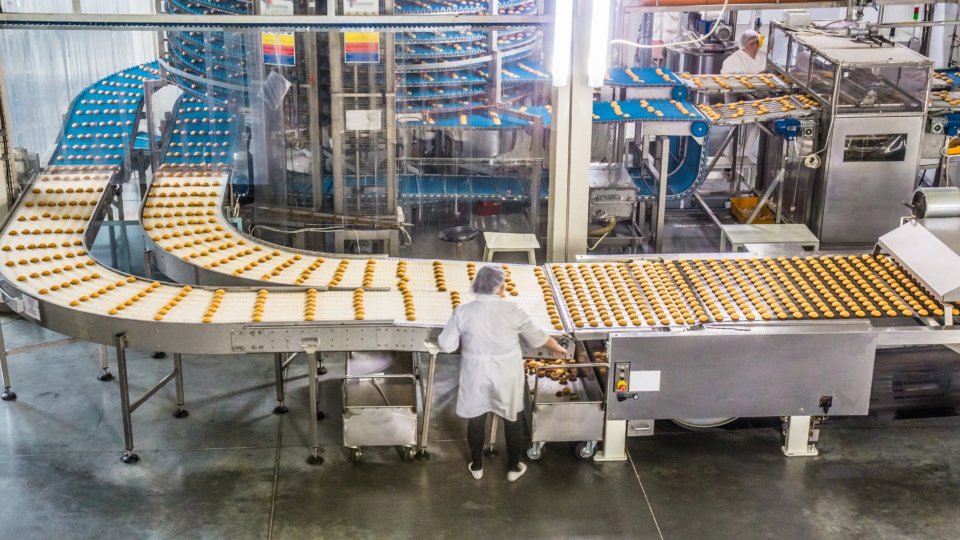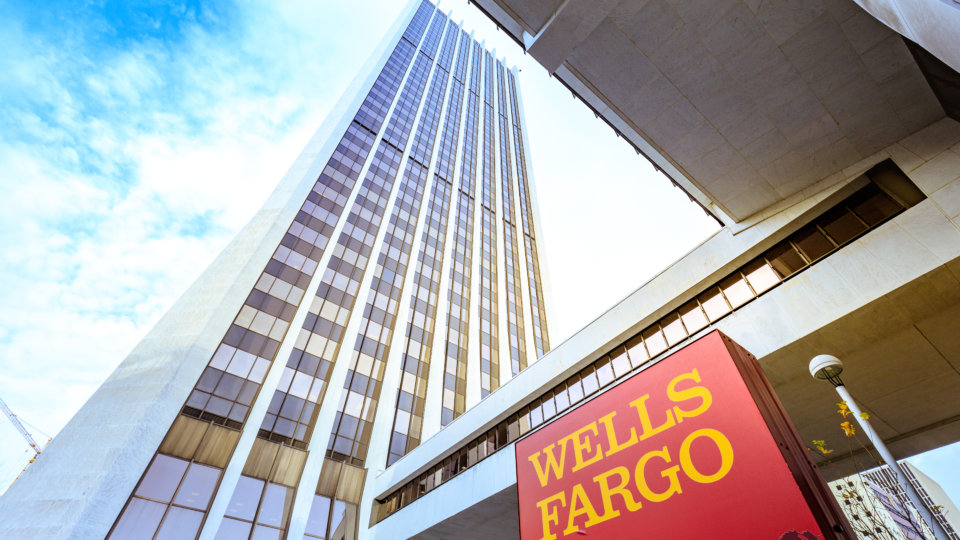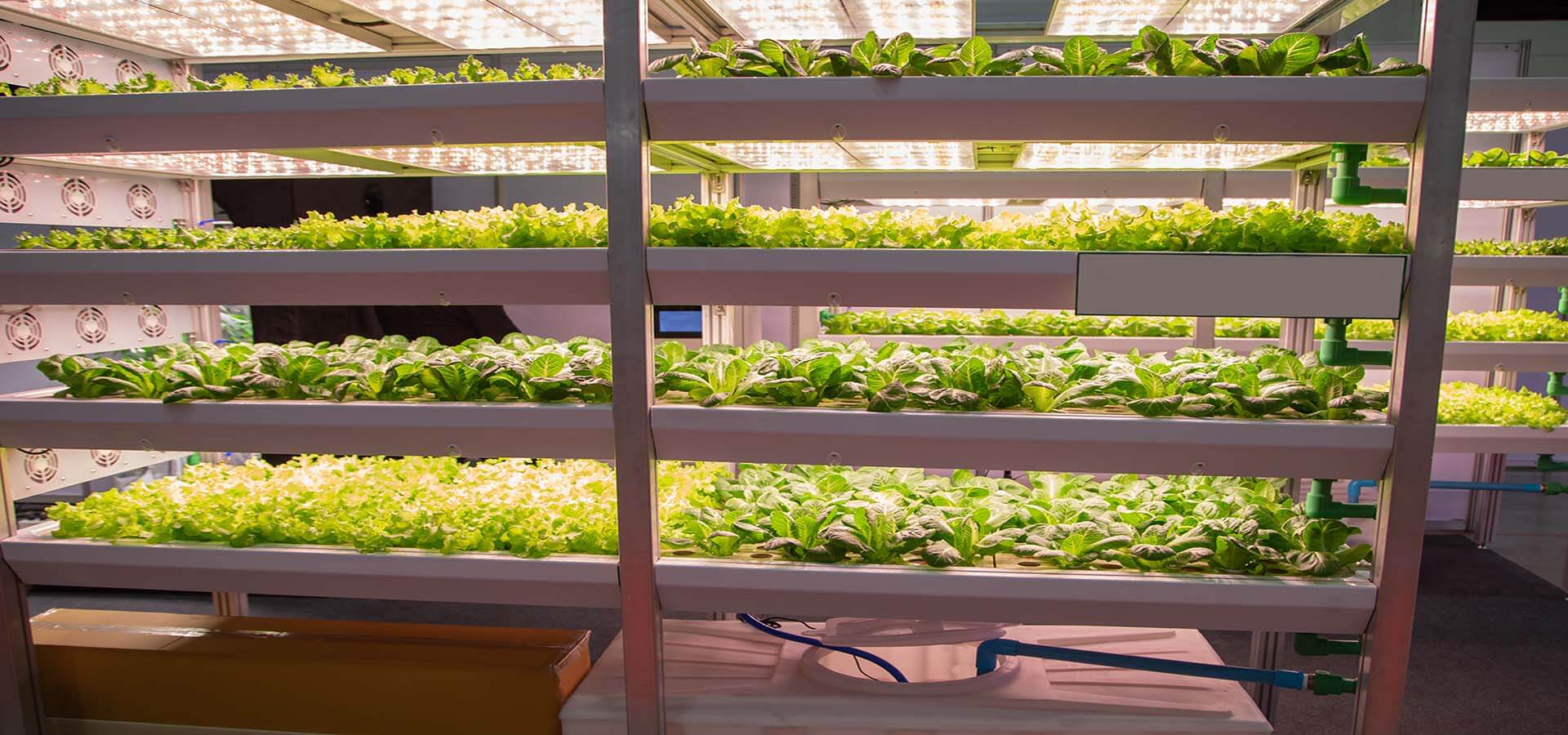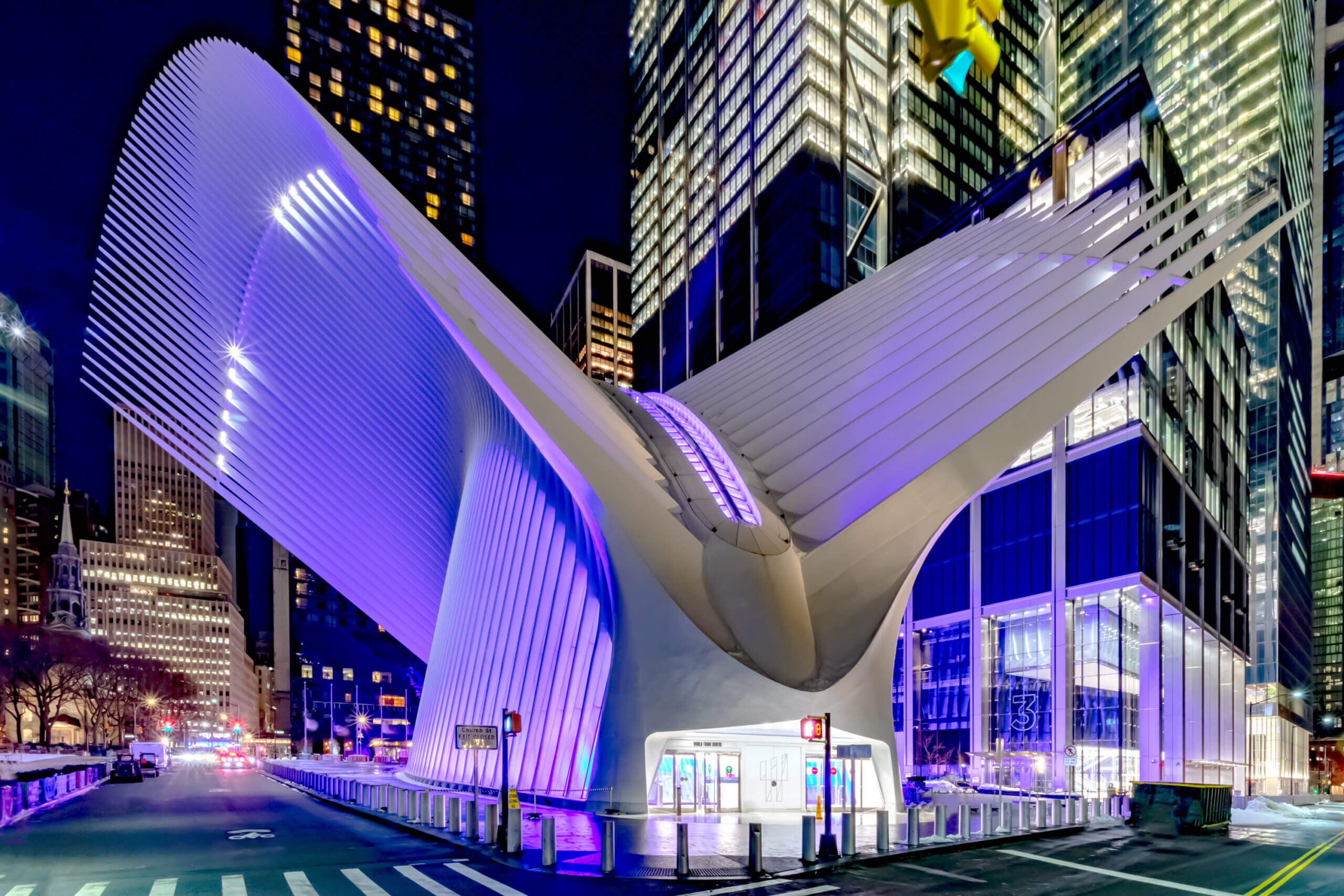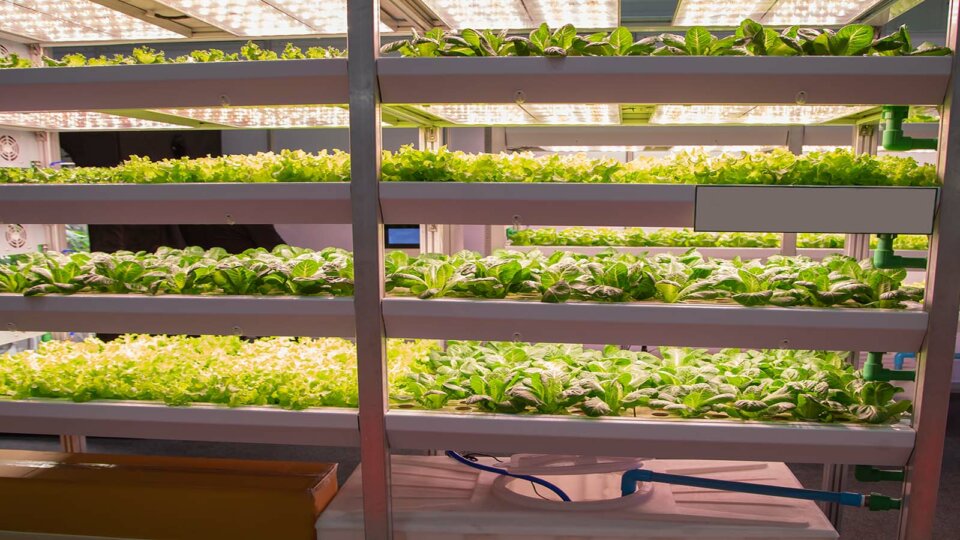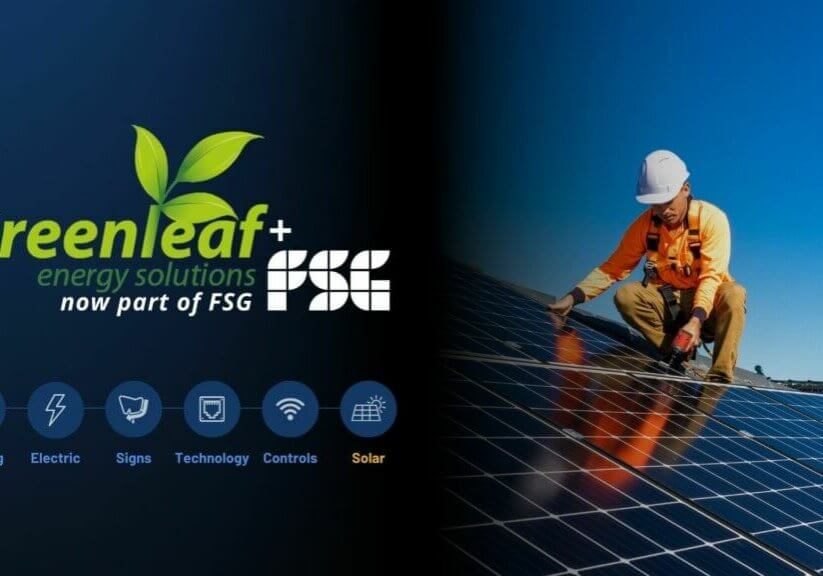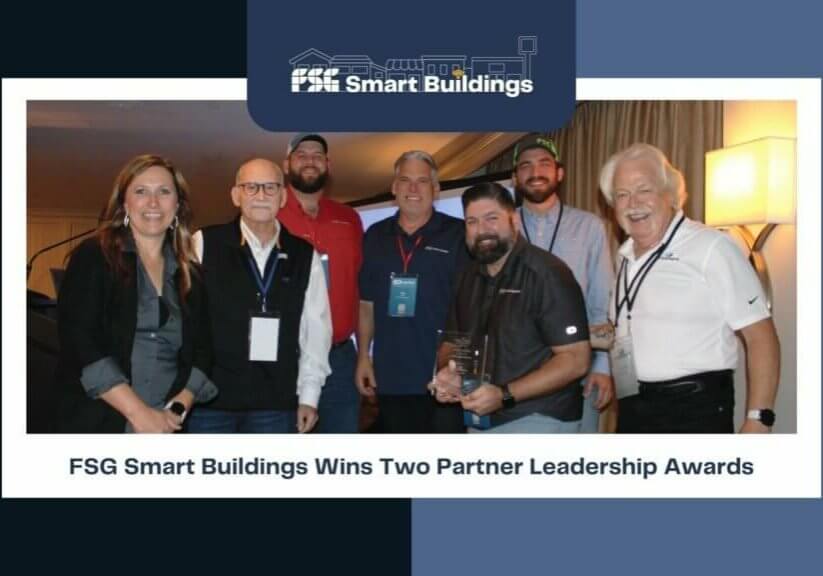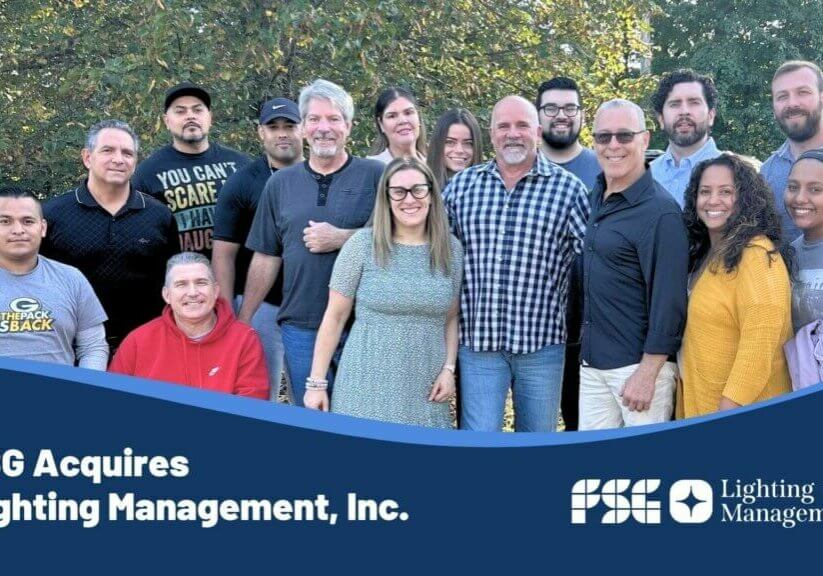For the last 12,000 years, farmers have looked to the sky for clues about their chances with this year’s crop. Floods, droughts, hot and cold snaps, and the constant ebb and flow of seasonal light were totally out of their control, and completely responsible for their success or failure.
With the advent of the Industrial Revolution, agriculture took a giant step forward as emerging theories on crop rotation aligned with the introduction of new machines and methods, and larger and larger swaths of land were successfully dedicated to planting and harvesting crops. As global populations grew, our agricultural ambitions and abilities worked hard to keep pace.
In the years following World War 2, U.S. agricultural research programs and investments from groups like the Rockefeller Foundation and the Ford Foundation resulted in a worldwide transformation in agriculture. This so-called “Green Revolution”, which relied on fertilizers, pesticides, and modern irrigation practices, was directly responsible for helping global agricultural production keep pace with population growth.
Today, another revolution is taking place in agriculture as the focus shifts from massive land holdings doing battle with the forces of nature toward indoor controlled environment agriculture (CEA) that places a premium on doing more with less.
Vertical Farming is Taking Off
The idea of vertical farming is nothing new. Between 605 and 562 BC, during the reign of King Nebuchadnezzar II, the famous “Hanging Gardens of Babylon” made quite an impression on folks who never imagined that plants could grow like that.
With arched terraced gardens reaching 60 feet in the air, the king’s marvel of ingenuity brought bountiful harvests to an otherwise arid region thanks to chain pump-driven irrigation from the Euphrates River that delivered water to the gardens high above. The world-renowned Hanging Gardens of Babylon, one of the Seven Wonders of the Ancient World, served as proof for the idea that there is more than one way to grow plants.
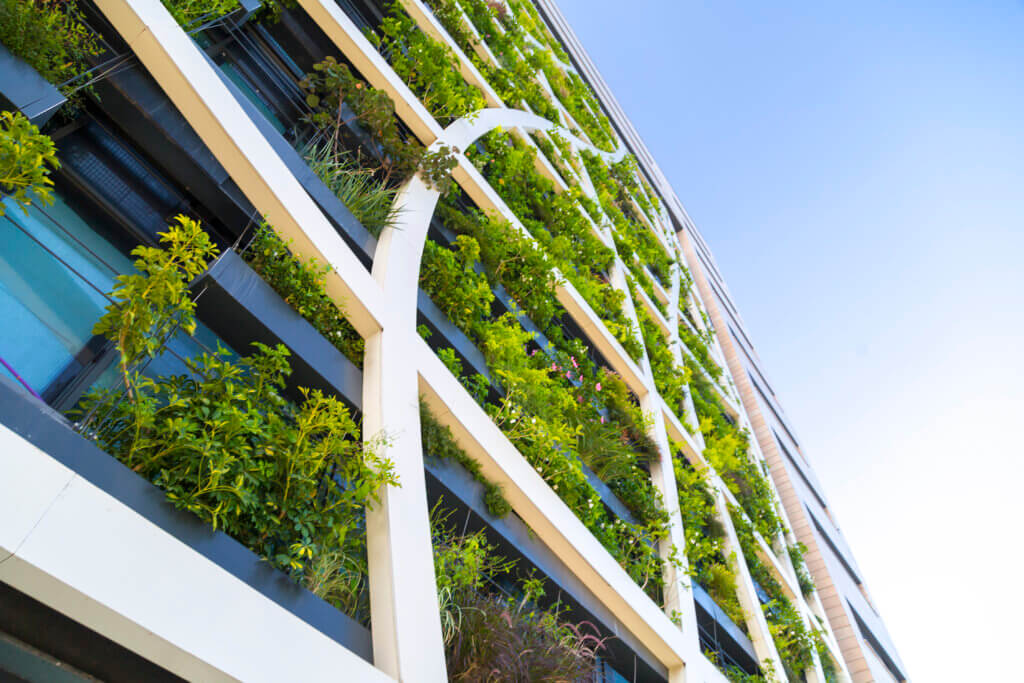
Source: iStock
Centuries later, in 1915, American geologist Gilbert Ellis Bailey first used the term “vertical farming”. Although his ideas and practices never caught on, he is credited with coining the term.
In 1951, the first tower hydroponic units were put into production in Armenia, as part of research into possible agricultural practices that would apply to space exploration. While today’s vertical farming methods are much more sophisticated, Armenia gets credit for the first steps in indoor hydroponic farming.
The real leap forward in CEA took place in 1999 when Columbia University professor Dickson Despommier proposed a thought experiment to a class of medical ecology graduate students. The question Despommier posed to his students went like this: How could you feed the entire population of Manhattan using only five hectares (12.3 acres) of rooftop gardens?
Despommier and his students continued to work on this problem for the next ten years, and the results of this research form the basis of modern vertical farming theory. By 2008, Despommier had arrived at the first official outline of a viable, commercial vertical farm.
In the years since Despommier and his students demonstrated the theoretical possibilities of vertical farming, the practice has moved from the realm of possibility into daily practice around the world. In fact, current vertical farming methods are poised to completely reshape the global agricultural model, with revenues projected to reach $9.9 billion in the next three years.

Source: iStock
Major Retailers Getting With the Program
Many times, the success of an idea is most clearly seen by the amount of buy-in at the corporate level. News from this past week confirms that the “big boys” are starting to pay attention, and that vertical farming is here to stay.
Over at the Singularity Hub, where topics related to technology and its ability to address global challenges are regularly discussed, an interesting article pointed out that America’s largest retailer has just made a significant investment in California-based indoor farming startup Plenty. The article explains how Walmart just bought an equity stake in the vertical farming company whose technology allows them to use just one percent of the land required by traditional farming.
Another way of thinking about the potential here is to reflect that modern vertical farming practices condense the productivity of hundreds of acres of farmland and deliver the same results from the footprint of one big-box retail space.

Source: iStock
So these are exciting times for global agriculture. The future of food production is rolling out right before our eyes. And although the latest technology would surely make King Nebuchadnezzar’s head spin, he would likely recognize that even during times of great change, some things remain the same throughout all ages.
Starting with light.
LED is the KEY
Photosynthesis is one thing that has not changed over time. Plants still thrive by converting light energy into chemical energy. Light, water, and CO2 still allow plants to create oxygen and energy to grow.
Thanks to the latest developments in LED technology, modern vertical farms can deliver exact amounts of the perfect quality of light, with more precision than ever before, all while consuming less energy than at any other time since artificial light has been used to grow plants.
So when the news is full of exciting information about great advances in vertical farming, understand that all of these advances are being made possible by LED technology. And understand that when it comes to delivering the latest LED solutions to CEA customers across the country, FSG is ready to deliver indoor farming success today.
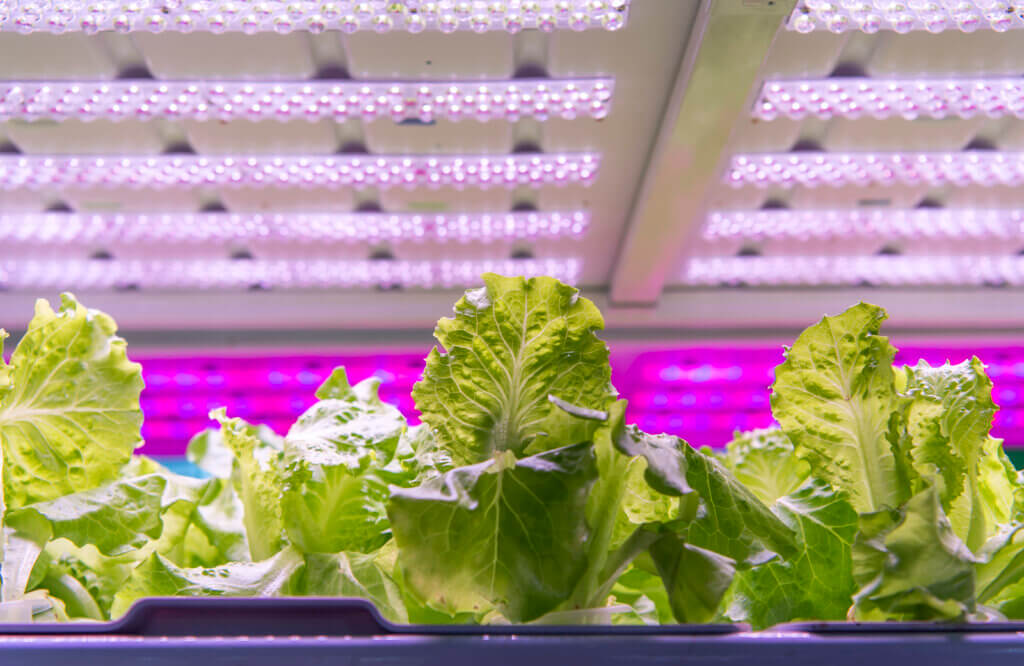
Source: iStock
FSG Delivers Turnkey Horticultural Lighting Solutions
One big difference between FSG and other companies that offer LED horticultural lighting technology is that FSG does more than simply sell you the lights. CEA customers can turn to FSG for a full range of services in support of indoor growing operations.
FSG can help CEA customers define the specific lighting requirements that are right for particular crops and environmental conditions. Using AGi32, the lighting industry’s premier calculation and modeling tool, FSG can provide precise plans for tuning horticultural lighting and delivering peak yields for fruits, vegetables, floriculture, hemp, and all other indoor crops.
When it comes time to order the specific tunable LED lighting technology your operation requires, FSG stands ready to deliver products from leading manufacturers, including:
- Nextlight
- Verjure
- Thrive Agritech
- Apogee Instruments
- MaxLite, and
- Fluence by Osram
More importantly, FSG’s national lighting distribution business allows you to place your lighting order with confidence, knowing that our buying power and regional warehouse capacity mean you won’t have to worry about extended shipping delays and supply chain shortages.
When it comes to the installation, service, and maintenance of your LED lighting solutions, FSG has a 40-year history of service excellence backed by deep customer relationships and well-documented case studies that tell our story. Wherever you are, FSG has the experience and the manpower to get the job done right for you.
Finally, when the project is completed and your CEA operation is running smoothly, FSG will continue to stand by you with answers to your questions about product warranties, energy rebate programs, and future maintenance and service needs.
Buy Your CEA Lighting Products from Electricians Who Install Those Products
When you buy your horticultural lighting from FSG, you will have the confidence that comes from knowing your lighting products are the same ones used by our electrical teams on jobs across the country. We can faithfully represent the quality and reliability of our products because we use them ourselves!
Speaking to an FSG certified lighting expert about your CEA lighting needs will deliver a sense of trust and the security that comes from knowing your entire project is in good hands. Our teams of knowledgeable lighting experts have years of real-world experience in their respective disciplines and are intimately familiar with the most reliable products and solutions available today.
Best of all, as a single-source provider, FSG’s solutions offer excellent up-front pricing, outstanding customer service, and products that carry the most attractive manufacturer warranties.
Contact FSG today or visit our website you can send us an email, chat with a lighting professional, or give us a call at (877) 293-6689. We are here to support you during every season of your indoor agriculture business.



